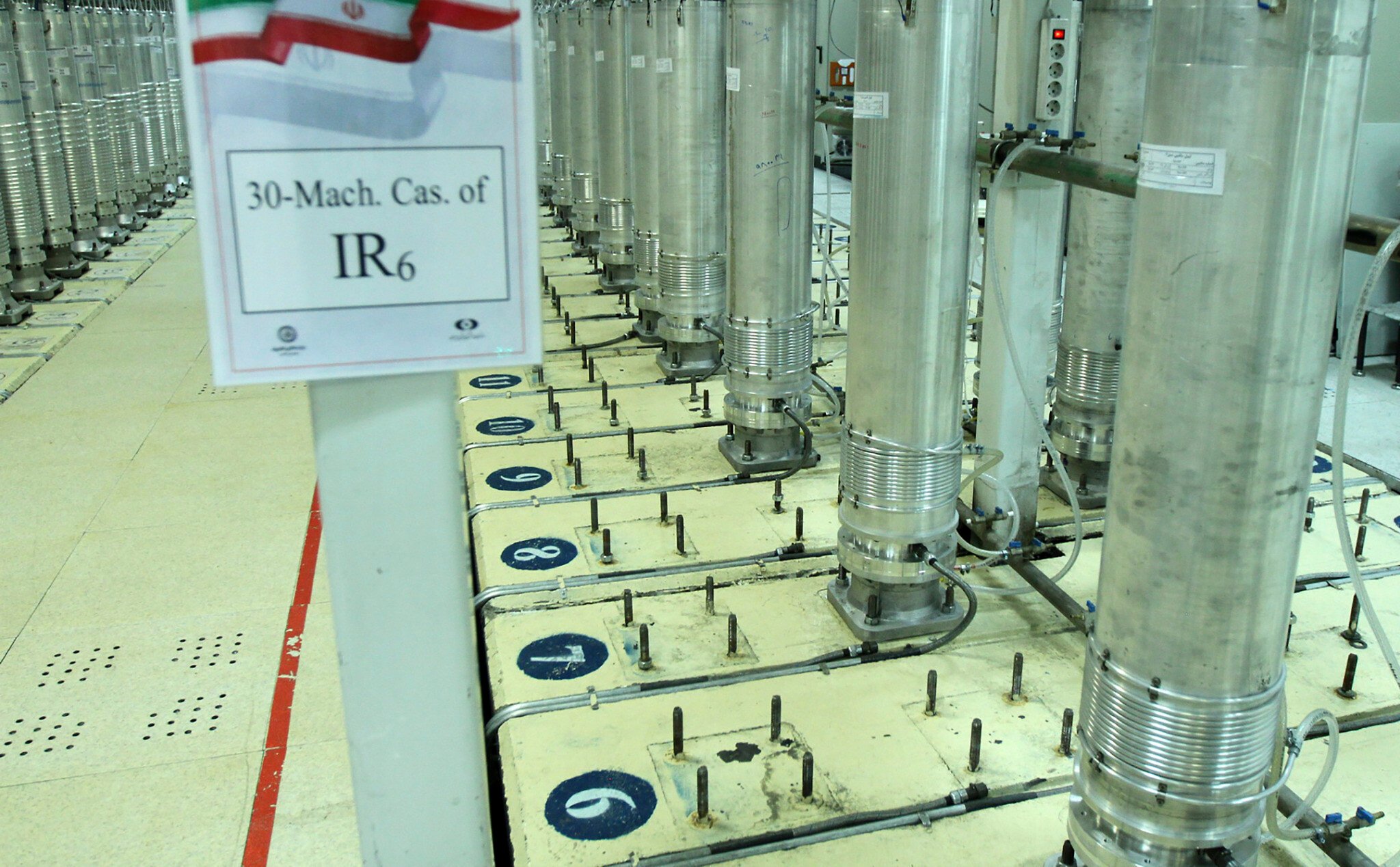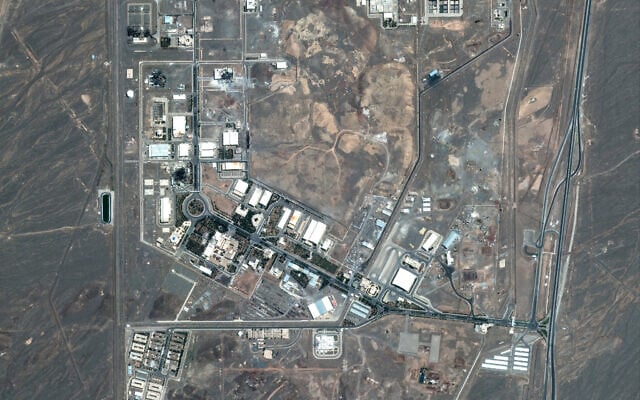



An Israeli military strike on Iran’s nuclear complex at Natanz directly hit the underground uranium enrichment plant there, the United Nations nuclear watchdog said on Tuesday, revising its assessment after initially reporting it had been hit only indirectly.
Israel bombed the site on Friday during the first wave of major strikes to start its shock campaign against Iranian military and nuclear sites, in a move it says was needed to thwart an immediate existential nuclear threat.
The International Atomic Energy Agency had previously said an above-ground pilot enrichment plant at Natanz was destroyed, but assessed that the larger underground plant was not directly hit, although IAEA chief Rafael Grossi said on Monday its roughly 15,000 centrifuges had very likely been badly damaged by a strike on the plant’s power supply.
However, on Tuesday, the IAEA said on X: “Based on continued analysis of high-resolution satellite imagery collected after Friday’s attacks, the IAEA has identified additional elements that indicate direct impacts on the underground enrichment halls at Natanz.”
Located 135 miles (220 kilometers) southeast of Tehran, the Natanz facility was protected by anti-aircraft batteries, fencing and Iran’s paramilitary Islamic Revolutionary Guard Corps.
The underground part of the facility is buried to protect it from airstrikes and contains the bulk of the enrichment facilities at Natanz, with 10,000 centrifuges that enrich uranium up to five percent, experts assess.
Although Israel has struck Natanz repeatedly and claims to have inflicted significant damage on its underground facilities, Tuesday’s IAEA statement marked the first time the agency has acknowledged impacts there.
At the same time, the IAEA said there was “no change to report” at Iran’s two other major nuclear sites, Isfahan and Fordo.
Grossi had said on Monday there was little or no apparent damage at Fordo, where Iran has enriched uranium up to 60%, close to the 90% weapons grade, at a plant dug deep into a mountain.
At the Isfahan nuclear complex, several facilities were destroyed, including Iran’s plant that converted uranium into a form that could be fed into centrifuges for enrichment, the IAEA has reported.
Iran maintains that its nuclear program is peaceful, but it has enriched uranium to levels far beyond any civilian application. The IAEA has repeatedly warned that the country has enough highly enriched uranium to make several nuclear bombs, should it choose to do so.
Years of hostility between Israel and Iran exploded into open conflict early Friday morning when Israel launched a major offensive against Iran and its nuclear program, hitting nuclear sites, missile bases and top military officials.
Israel said it had no choice but to attack Iran, and that it had gathered intelligence showing Tehran was approaching “the point of no return” in its pursuit of nuclear weapons.
Iran has launched some 350 ballistic missiles at Israel since Friday, the vast majority of which were intercepted, according to IDF statistics released Monday.
In all, 24 people have been killed in Iran’s ballistic missile attacks, and hundreds more have been wounded.

